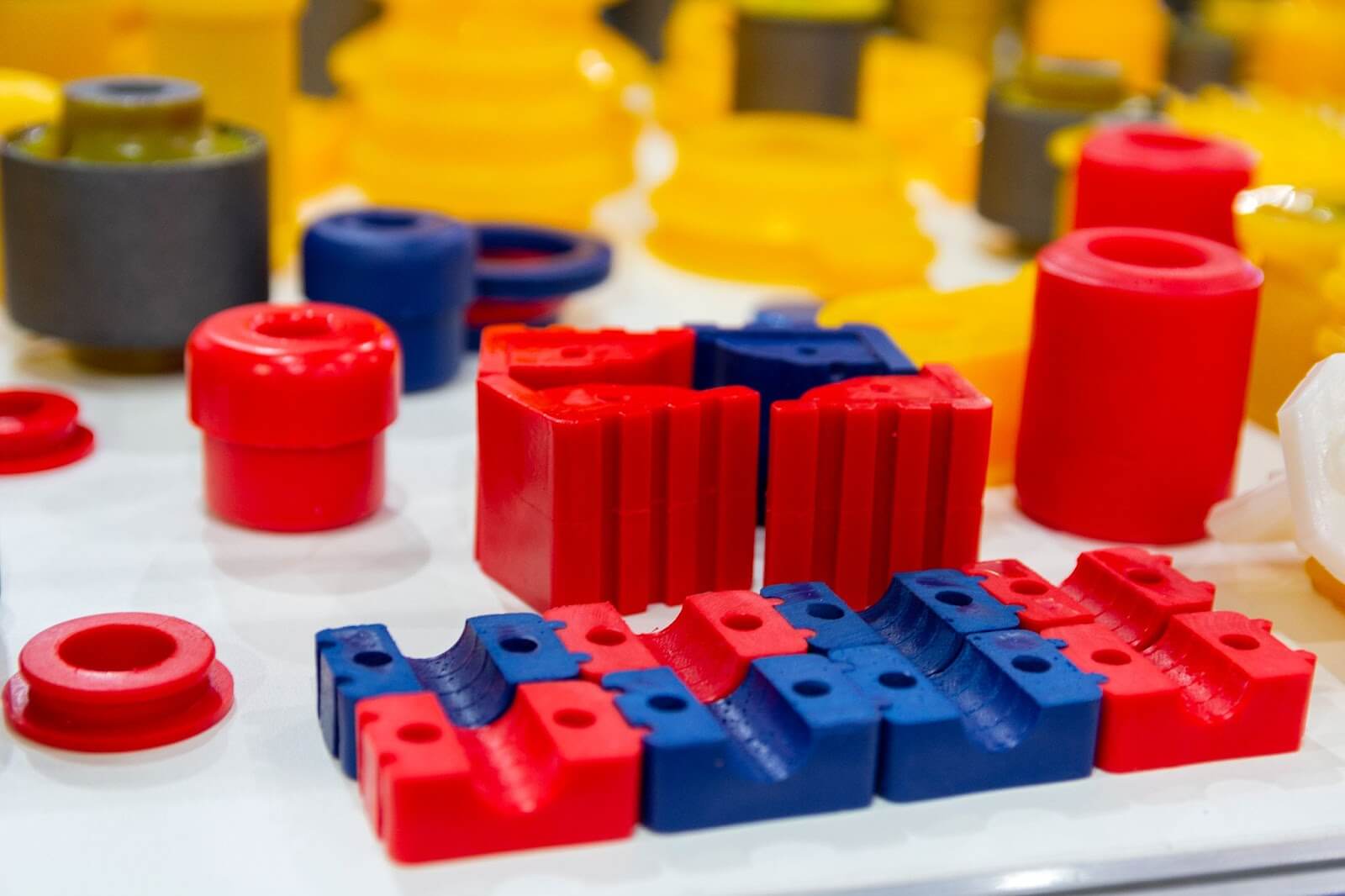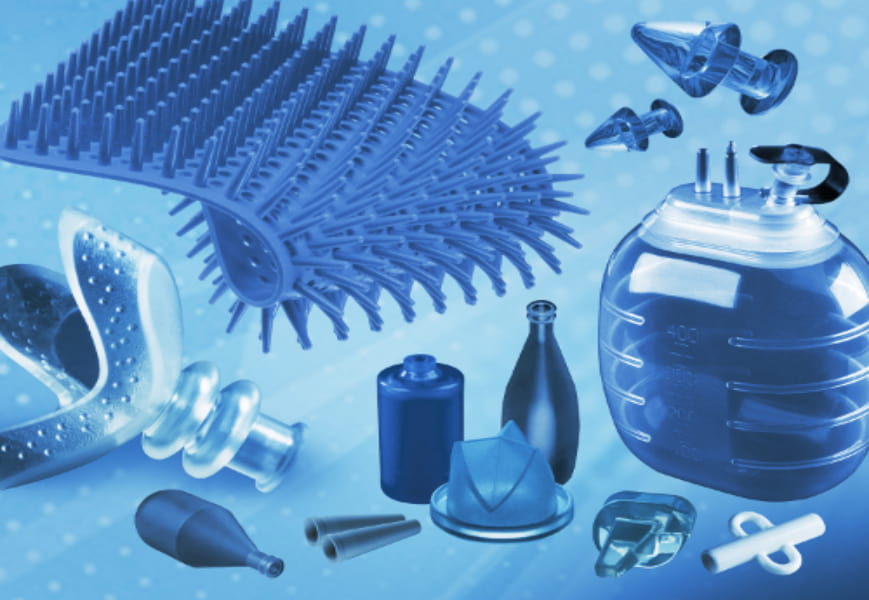Injection molding offers unmatched scalability, precision, cost-efficiency, and design flexibility compared to alternative methods.

Advantages of Injection Molding
Precision and Repeatability
Injection molding offers unparalleled precision when it comes to manufacturing parts. Advanced molds can produce parts with incredibly fine details and complex geometries. Once a mold is created, it can be used to produce thousands or even millions of identical parts, ensuring consistency and repeatability in mass production.
- Consistency across batches: With injection molding, parts produced are almost identical, reducing the chances of defects or variations.
- High-resolution manufacturing: Advanced molds can replicate intricate designs and features, making it suitable for high-precision industries such as aerospace and medical.
Scalability and Mass Production Capabilities
Injection molding is not just about producing high-quality parts; it’s also about producing them quickly and in large quantities.
- Rapid Production Cycles: Once the initial setup is done, the production cycle for injection molding can be extremely quick, often lasting only a few seconds to a couple of minutes.
- Volume Production: The same mold can be used repeatedly, making it ideal for producing large quantities of the same part without compromising on quality. This trait is especially valuable for industries like automotive, where consistent quality across large volumes is essential.
Flexibility in Material and Design
One of the biggest strengths of injection molding is the sheer range of materials and designs it can accommodate.
- Diverse Material Selection: From thermoplastics to thermosetting plastics to elastomers, manufacturers have a broad selection of materials at their disposal.
- Multi-material and Color Options: It’s possible to use multiple materials in a single part or even produce parts in different colors without extensive changes to the production process.
Reduction in Waste
Injection molding is a sustainable choice for manufacturers concerned about waste.
- Efficient Material Use: The process typically uses only as much material as is required for the part, with little excess.
- Recyclability: Many of the plastics used in injection molding are recyclable, allowing for efficient reuse of materials.
Cost-effectiveness over the Long Run
While the initial setup costs for injection molding can be high, its benefits become evident in the long run.
- Economies of Scale: The cost per unit drops significantly when producing large volumes, making injection molding a cost-effective choice for mass production.
- Low Maintenance: Once set up, injection molding machines can run with minimal maintenance, ensuring production lines stay up and running with less downtime.
Materials Used in Injection Molding
Thermoplastics
Thermoplastics are a class of polymers that can be melted, processed, and then solidified multiple times without significant chemical change. Some of the most common thermoplastics used in injection molding include:
- Polyethylene (PE): Known for its versatility and low cost. Commonly used for plastic bags, containers, and toys.
- Polypropylene (PP): Features excellent chemical resistance and fatigue strength. Often utilized in automotive parts, kitchenware, and packaging.
- Polyvinyl Chloride (PVC): Offers good fire and electrical properties. Used in piping, cable insulation, and vinyl records.
- Polystyrene (PS): Known for its rigidity and clarity. Used in disposable cutlery, CD cases, and model kits.
- Nylon (Polyamide): Valued for its wear resistance and self-lubrication. Commonly used in automotive parts, clothing, and ropes.
Thermosetting Plastics
This means they have a permanent shape once cured. Key examples include:
- Epoxy Resins: Known for high mechanical properties and excellent bonding strength. Commonly used in adhesives, laminates, and aerospace composites.
- Melamine: Offers good heat resistance and sound insulation. Frequently found in kitchenware and laminates.
- Phenolic Resins: Recognized for their heat resistance and electrical insulating properties. Used in electrical components and laminates.

Elastomers
. Their elasticity makes them ideal for a variety of applications.
- Silicone Rubber: Features excellent temperature resistance and electrical insulating properties. Used in medical devices, kitchen tools, and electrical insulation.
- Styrene-Butadiene Rubber (SBR): Known for its abrasion resistance. Commonly found in tires and conveyor belts.
- Natural Rubber: Offers high elasticity and good resistance to acids. Used in medical gloves, tubes, and elastic bands.
Benefits of Using Specific Materials for Certain Applications
The choice of material is crucial as it directly influences the product’s performance, aesthetics, and durability.
- Tailored Properties: By selecting the right material, manufacturers can ensure the final product meets specific requirements such as strength, flexibility, or transparency.
- Cost Efficiency: Some materials, like certain thermoplastics, are more economical for mass production, leading to reduced overall production costs.
- Sustainability: Materials like recyclable thermoplastics can be a more sustainable choice, aligning with modern eco-friendly manufacturing practices.
- Innovative Design: Some materials enable intricate designs or multi-material components, broadening design possibilities.
Comparison with Other Manufacturing Processes
Injection molding vs. Blow molding
| eature | Injection Molding | Blow Molding |
|---|---|---|
| Primary Use | Produces solid parts like automotive components, toys, and household items. | Primarily for hollow objects like bottles and containers. |
| Tooling Cost | Typically high due to complexity. | Moderate, depending on design. |
| Production Speed | Fast, especially for mass production. | Moderate to fast, depending on product size. |
| Material Flexibility | Broad range of thermoplastics, thermosets, and elastomers. | Limited primarily to thermoplastics. |
| Waste | Minimal, especially with advanced machines. | Excess material often trimmed from finished product. |
| Part Detail | High; can produce intricate parts. | Moderate; limited to outer surface detailing. |
Injection molding vs. Rotational molding
| Feature | Injection Molding | Rotational Molding |
|---|---|---|
| Primary Use | Solid or complex parts with intricate details. | Large, hollow objects like tanks and kayaks. |
| Tooling Cost | High due to precision. | Relatively low. |
| Production Speed | Fast, especially with optimized molds. | Slow; long cycle times. |
| Material Flexibility | Broad range, including thermoplastics and elastomers. | Mostly limited to specific polyethylenes. |
| Waste | Minimal waste produced. | Minimal to no waste, as exact amounts are used. |
| Part Detail | High detailing capability. | Details can be limited due to rotational process. |
Injection molding vs. Thermoforming
| Feature | Injection Molding | Thermoforming |
|---|---|---|
| Primary Use | Diverse applications, from small to large parts. | Larger plastic sheets formed over molds, like packaging and vehicle door panels. |
| Tooling Cost | Typically high. | Moderate, depending on complexity. |
| Production Speed | Very fast with proper setup. | Fast, depending on material thickness. |
| Material Flexibility | Wide range of materials. | Mostly thermoplastic sheets. |
| Waste | Minimal with modern machines. | Excess material often trimmed and discarded. |
| Part Detail | High precision and detailing. | Limited to surface details. |
Injection molding vs. Die casting
| Feature | Injection Molding | Die Casting |
|---|---|---|
| Primary Use | Plastic parts across industries. | Metal parts, commonly in automotive and industrial applications. |
| Tooling Cost | High due to mold complexity. | High, especially for intricate parts. |
| Production Speed | Rapid cycles suitable for mass production. | Fast cycles, especially with hot-chamber method. |
| Material Flexibility | Plastics – thermoplastics, thermosets, and elastomers. | Metals, primarily non-ferrous metals like aluminum and zinc. |
| Waste | Minimal waste produced. | Minimal waste, especially with precise calculations. |
| Part Detail | Can achieve fine details and complex geometries. | High detail, especially with high-pressure methods. |
Applications and Industries Served
Automotive and Transportation
Injection molding plays a pivotal role in the automotive industry due to its ability to produce lightweight, durable parts.
- Interior Components: Dashboards, knobs, vents, and seatbelt components are often injection molded for precise fit and finish.
- Exterior Components: Bumpers, grilles, handles, and light housings benefit from the molding process for consistency and mass production.
- Performance Parts: Under-the-hood components like air intakes, housings, and other parts are made using resistant materials to withstand heat and wear.
- Transportation: Beyond cars, parts for bicycles, buses, and even trains utilize injection molding for optimized performance and weight considerations.
Consumer Electronics
The electronics industry leverages injection molding for the consistent production of high-quality components.
- Device Casings: Smartphone cases, computer housings, and other protective shells are molded for precision fit.
- Buttons and Knobs: For tactile feedback and consistent performance across millions of devices.
- Connectors: Ensuring accurate connections for USB ports, audio jacks, and other interface components.
Medical Devices and Healthcare
The medical field demands precision, sterility, and consistency, all strengths of injection molding.
- Surgical Instruments: Single-use tools or durable equipment components benefit from precise molding.
- Implants: Some medical implants leverage specialized plastics, molded for compatibility with the human body.
- Housings and Devices: Diagnostic equipment, monitors, and drug delivery devices are commonly molded for durability and precision.

Packaging
The packaging industry utilizes injection molding to create uniform, durable, and efficient solutions.
- Bottle Caps: Ensuring a secure fit and seal for beverages and other liquids.
- Containers: Durable and reusable containers for food storage or industrial applications.
- Cosmetic Cases: Premium or mass-market, molded cases offer precise fits and finishes.
Home and Household Products
Everyday items around the home often leverage the benefits of injection molding.
- Kitchen Utensils: From spatulas to cutting boards, molded products offer durability and design flexibility.
- Storage Solutions: Bins, boxes, and organizers of all sizes are produced using this method.
- Furniture Components: Parts like handles, knobs, or even chair bases can be made using injection molding for consistent aesthetics and durability.




